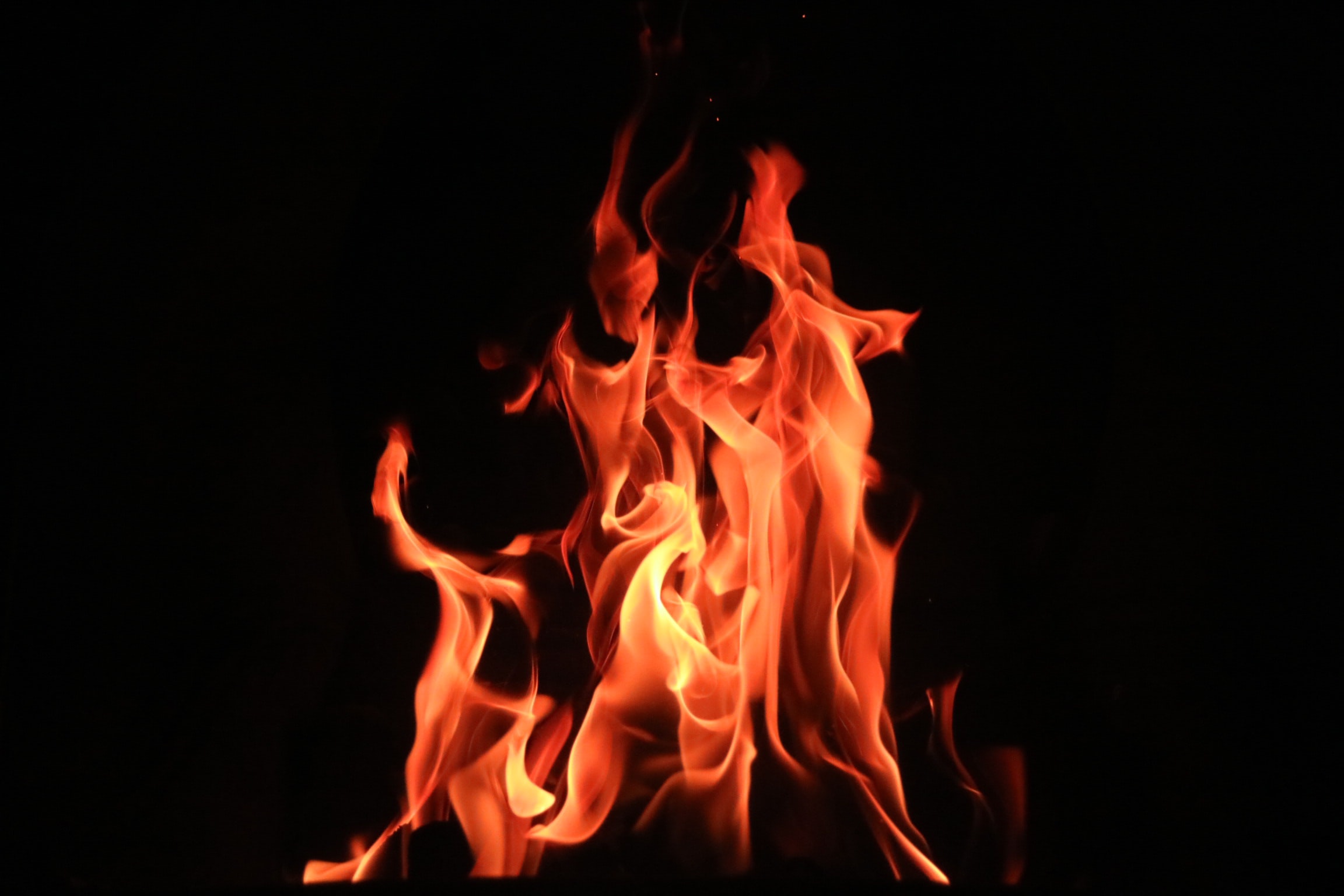Fire is a chemical reaction that produces heat. It’s a self-sustaining chain reaction that uses fuel and oxygen to produce new carbon dioxide and water molecules.
The fuel must be heated to its ignition temperature and the oxygen to its saturation point for combustion to occur. This is known as the fire triangle.
It’s a natural process.
Fire is a natural process that has been occurring in our ecosystems for millennia. However, until humans started to control or use fire, fire was a dynamic force that determined a region’s mix of flora and fauna.
Fire also helps to regenerate the land. By clearing away the dead and decaying vegetation that builds up on the ground, fire helps to create a bare seedbed that allows new plants to grow.
Many plants require fire to germinate. For example, seeds from Monterey and Bishop pines are locked inside pine cones that must be melted by fire to release them.
While wildfires are dangerous, they can help improve habitat and restore the natural systems that make national parks unique. They are trying to bring fire back to wilderness areas to recreate what nature used to do on its own such as fire alarm system company. One place they’re doing this is Centennial Valley, a remote part of southwestern Montana.
It’s a chemical reaction.
Fire is a chemical reaction that produces heat, light, and various other effects. It’s a self-sustaining chain reaction that started hundreds of thousands of years ago and has since become a part of our lives.
Fire happens when fuel (like wood or gasoline) reacts with oxygen. When the energy reaches its ignition temperature, the reaction continues as long as there are enough fuel and oxygen.
The reaction causes a lot of heat, so it’s exothermic, which releases more energy than it needs to ignite or sustain itself. This makes it a very hot and dangerous reaction that can spread quickly and cause damage.
It’s a self-sustaining chain reaction.
Fire is a series of chemical reactions that produces light and heat. It’s a natural process that humans use for cooking, signaling, smelting, and welding.
During combustion, a fuel is heated to such an extent that it vaporizes and then becomes a gas (like gasoline). It then burns in the presence of oxygen.
In this way, it is a self-sustaining chain reaction that continues without any other energy source. The temperature at which combustion occurs depends on the explosive and the oxygen supply.
As the heat from combustion increases, it loosens molecules and breaks them apart. They then join with oxygen from the air to form new products like water and carbon dioxide. These gases are mixed with the fuel, resulting in a burning flame.
It’s a form of energy.
The energy in a flame is in the form of heat (kinetic energy) and light, electromagnetic radiation. This is the same energy that runs your muscles, makes batteries work, and allows your car to run.
There are many kinds of energy, including chemical, mechanical, and nuclear. Most of these are stored and released through molecular interactions with the environment.
In a flame, gases, and particles combine and release this energy into heat and light. As a result, they emit a continuous spectrum of visible, infrared, and ultraviolet light that depends on their chemical makeup.
When a flame is hot enough, the gases can be ionized and become a different state of matter: plasma. This is the source of a plasma torch’s intense heat and light. Fire is also used to generate electricity, as in power plants. It is essential in many human activities, such as cooking and signaling. It is also vital for ecological systems.
